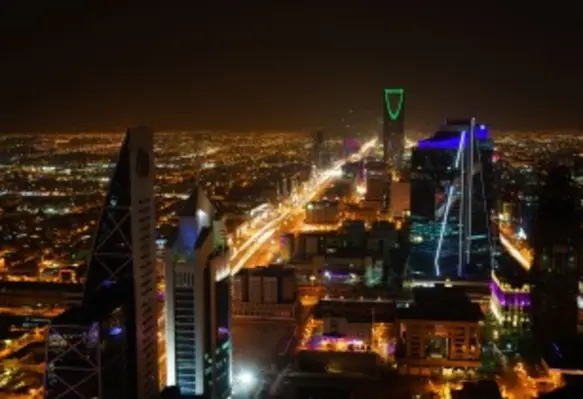Last week, Saudi Arabia’s (A1 stable) Ministry of Finance released its second-quarter budget performance report
The report shows that the budget deficit fell to SAR72bn in the first six months of the year, half the first-half 2016 deficit and only 37 per cent of the government’s budgeted full-year deficit of SAR198bn. Although the greatly reduced fiscal deficit is credit positive for the sovereign, the smaller deficit almost entirely reflects a sharp increase in oil revenues from higher oil prices, illustrating Saudi Arabia’s oil dependence.
Oil revenue in the first half of 2017 rose 63 per cent, or SAR82.1bn, from the year-earlier period, even as OPEC production cuts constrain Saudi Arabia’s crude oil output until March 2018. The increased oil revenue comprised 69 per cent of total government revenue in the first half of this year, up from 55 per cent in first-half 2016.
Despite the government’s wide-ranging economic and fiscal reforms to reduce its dependence on oil revenue, the results of efforts to grow non-oil revenue have been mixed. Overall, non-oil revenue in the first half of 2017 declined by almost 12 per cent, or SAR12.7bn, from a year earlier. Customs revenues dropped SAR2.9bn, despite increased duties on hundreds of items in 2017, and likely reflects the continued weak growth of import-dependent non-oil sectors. However, income tax revenue (primarily corporate taxes) increased 23 per cent, or SAR1.7bn, over the same period.
Although personnel expenditures, government spending on goods and services and outlays for subsidies were a combined SAR30bn lower, social benefits increased and “other expenditures” increased by almost SAR20bn, leaving a net reduction in current spending of about SAR8bn (after accounting for the rise in interest expenses). However, it is unclear what exactly constitutes other expenditures, which accounted for 12.5 per cent of total first-half 2017 spending and was the second-largest current spending item. Capital investment spending remained almost flat, suggesting that infrastructure spending is on hold to offset increased social spending.
Full-year fiscal consolidation will remain contingent on oil price stability in the second half of the year, given the modest progress at increasing non-oil revenues. However, even with stable prices and production levels, it might be challenging for the government to achieve its oil revenue target of SAR480bn. Given the weak performance so far, and no additional major reforms planned ahead of the introduction in 2018 of value-added tax, we think that non-oil revenues are likely to be slightly lower than the SAR212bn budget target.
Given that total spending in the first half was only 43 per cent of the budgeted amount, the government is increasingly likely to undershoot its spending target, which would put further pressure on non-oil GDP growth.










